
Get the latest international news and world events from around the world.

Meet the First American to Sell Her Home Using Blockchain
Through a pilot program between the city of South Burlington and Propy, a blockchain platform designed to facilitate real estate transactions, a Vermont woman became the first person in the U.S. to sell a home using blockchain.
On February 20, Vermonter Katherine Purcell did something extraordinary: She sold her home. And yes, people sell their homes every year—scores of them. But Purcell’s sale was fundamentally different: There’s a record of it on a blockchain.
IBM has created a computer smaller than a grain of salt
March 19 is the first day of IBM Think 2018, the company’s flagship conference, where the company will unveil what it claims is the world’s smallest computer. They’re not kidding: It’s literally smaller than a grain of salt.
But don’t let the size fool you: This sucker has the computing power of the x86 chip from 1990. Okay, so that’s not great compared to what we have today, but cut it some slack — you need a microscope to see it.
The computer will cost less than ten cents to manufacture, and will also pack “several hundred thousand transistors,” according to the company. These will allow it to “monitor, analyze, communicate, and even act on data.”
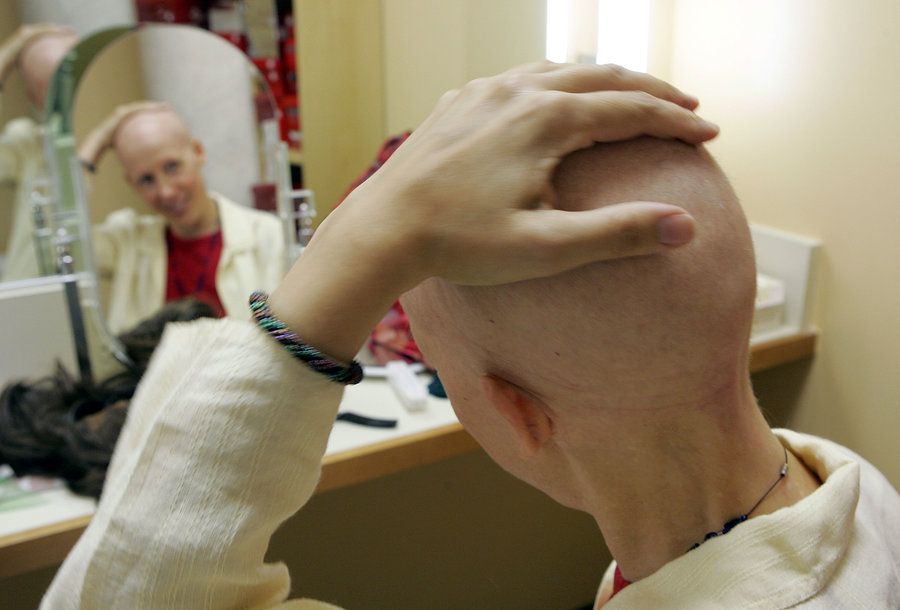
New therapy cures cancer with just one injection
Current cancer therapies have terrible side effects and aren’t always effective. And with things like radiotherapy and chemotherapy, the number of treatments one needs to endure makes side effects progressively worse over time. A new technique developed by researchers at Stanford University uses two agents which when combined, alert the body’s immune system to the presence of cancer, in order to eliminate it.
Just one injection can be effective for a solid tumor. Such a targeted approach could limit nasty side effects and may even be more effective than current therapies. These results were published in the journal Science Translational Medicine. Dr. Ronald Levy was the study’s senior author. He told Medical News Daily, “When we use these two agents together, we see the elimination of tumors all over the body.”
Dr. Levy and colleagues injected minute levels of two “immune-stimulating agents,” into malignant solid tumors in mice. The most remarkable thing is that it treated not only the tumor it was injected into, but distant malignancies at other locations inside the body. Researchers believe it’ll be able to treat all different kinds of cancer. Using T-cells to kill cancer has long been a driving focus of immunotherapy.
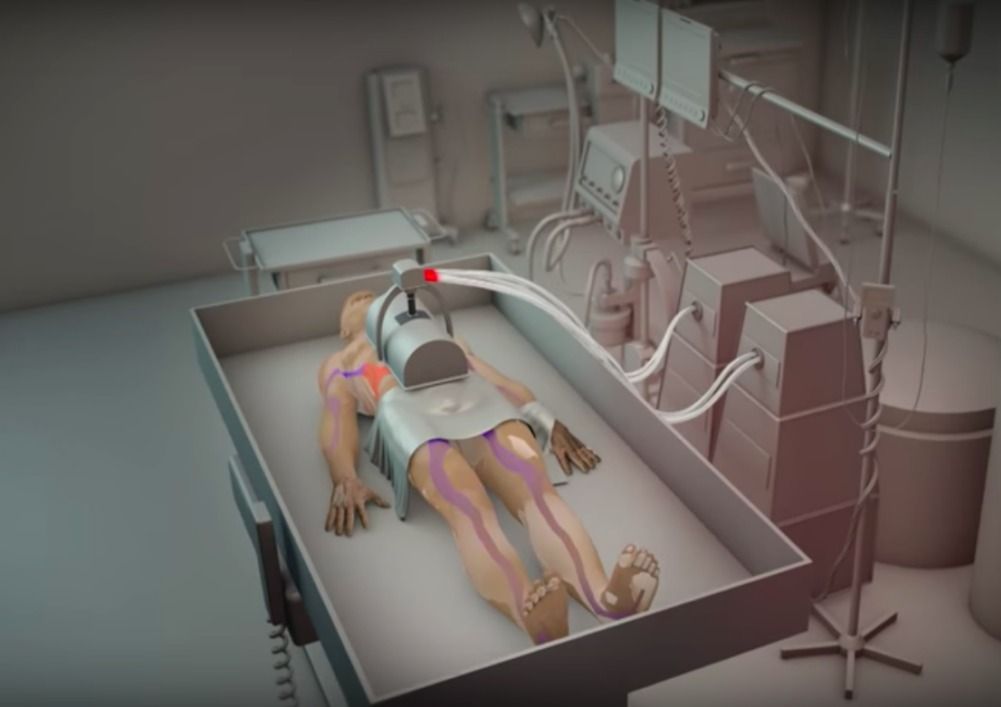
Just Call Cryogenic Suicide What It Is: Selfie Death
Even if a client isn’t fearful of death and doesn’t buy into the preposterous idea that his consciousness can be revived (scientists aren’t even close to figuring out how memories could possibly be preserved), having his brain preserved and uploaded as a “program” based on the idea that it is worth enough to have future generations maintain it, even interact with it, is the height of arrogance. It’s a self-centered ethos that seeks attention and admiration even after death. Transhumanism involves faith in science, sure, but that’s merely the means to the end.
Transhumanism is a religion of self, embedded with the doctrine of sola feels, all bundled into one medical procedure that literally ends your life.
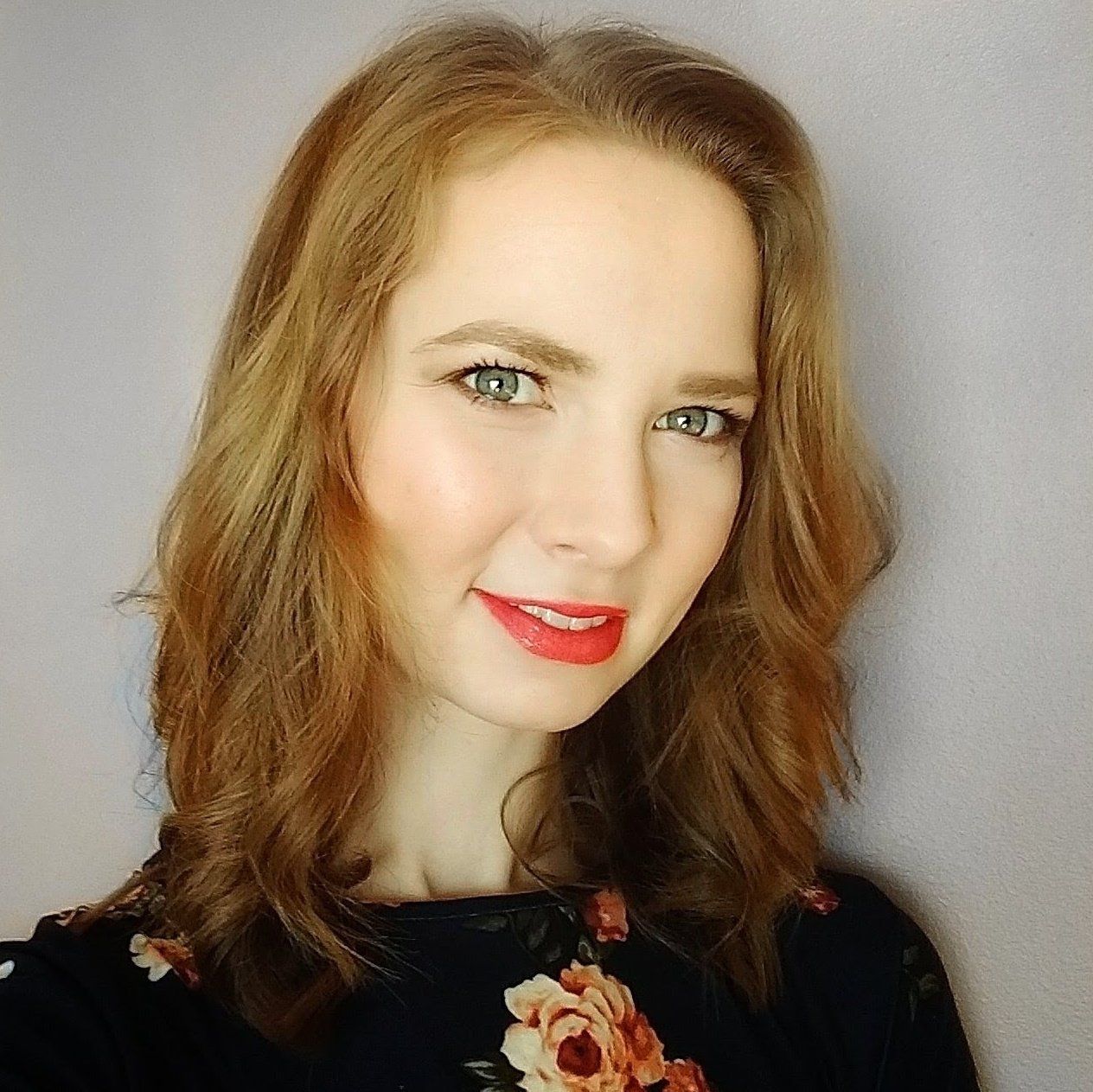
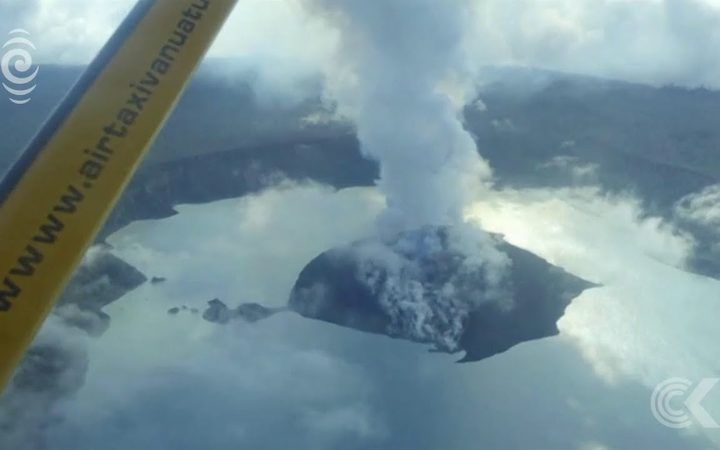
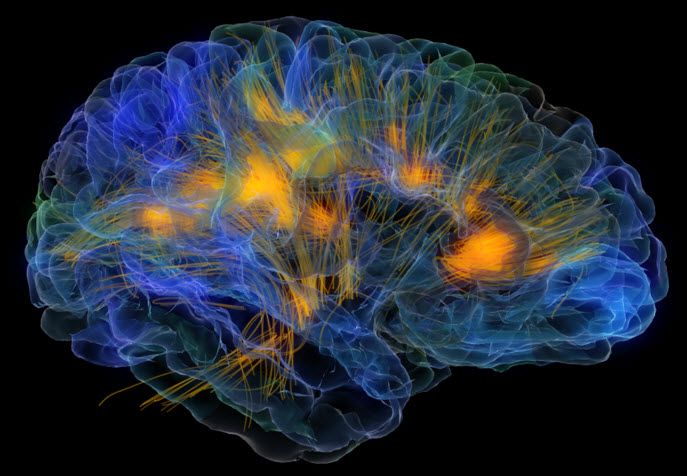
The Limits of Neuroplasticity in the Brian
One of the #brain’s mysteries is how exactly it reorganizes new #information as you learn new tasks. The standard to date was to test how neurons learned new behavior one #neuron at a time. Carnegie Mellon University and the University of Pittsburgh decided to try a different approach. They looked at the population of neurons to see how they worked together while #learning a new behavior. Studying the intracortical population activity in the primary motor cortex of rhesus macaques during short-term learning in a brain–computer interface (BCI) task, they were able to study the reorganization of population during learning. Their new research indicates that when the brain learns a new activity that it is less flexible than previously thought. The researchers were able to draw strong hypothesis about neural reorganization during learning by using BCI. Through the use of BCI the mapping between #neural activity and learning is completely known.
“In this experimental paradigm, we’re able to track all of the neurons that can lead to behavioral improvements and look at how they all change simultaneously,” says Steve Chase, an associate professor of biomedical engineering at Carnegie Mellon and the Center for the Neural Basis of #Cognition. “When we do that, what we see is a really constrained set of changes that happen, and it leads to this suboptimal improvement of performance. And so, that implies that there are limits that constrain how flexible your brain is, at least on these short time scales.”
It is often challenging to learn new tasks quickly that require a high level of proficiency. Neural plasticity is even more constrained than previously thought as results of this research indicate.
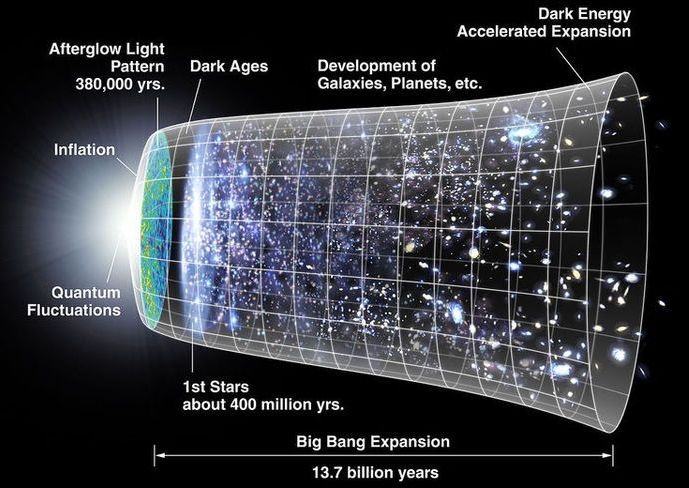
We’ll Never Know For Sure How Everything Began
Roughly 13.8 billion years ago, the Universe as we know it expanded from an infinitely hot and dense singularity in space and time, first in a furious torrent of rapid cosmic inflation for a fraction of a second, and then in the more calm manner we see today – gradual, yet accelerating expansion fueled by dark energy.
This fleetingly describes the Big Bang model of cosmology, the most successful theoretical explanation for our grand Universe. Backed by boatloads of observational evidence, we can be very sure of its veracity. Caltech astrophysicist Sean Caroll even described the Big Bang as “100 percent true.”
But that percentage of surety dwindles to nothing when discussing the singularity that supposedly started it all. Where did it come from? What came before it? What caused it to “bang” in such a big way? As Carroll admitted, this singularity and its accompanying “bang” are essentially stand-ins for what we don’t – and currently can’t – actually know.

How Light and Genetics may Treat Brain Disorders in the Future
Imagine being able to treat neurodegenerative diseases and mental disorders such as Alzheimer’s disease, Parkinson’s, epilepsy, PTSD, depression, and anxiety with non-invasive light-based therapy. This is the quest of pioneering scientists and researchers in optogenetics, an emerging field in biotechnology that uses light to control cells in living tissues such as neurons, in order to study brain function.
British Nobel laureate Francis Crick of The Salk Institute for Biological Studies in La Jolla, California put forth the concept of the ability to turn the firing of “one or more types of neuron on and off in the alert animal in a rapid manner” by using light as “the ideal signal” in his paper “The impact of molecular biology on neuroscience” published in Philosophical Transactions of the Royal Society B in 1999. Crick noted that his concept might be somewhat “far-fetched.” Yet as improbable as it would seem to the brightest minds in science before the turn of the century, this idea was proven in a little over half a decade.
In optogenetics, scientists add genetic code to target tissue, typically a neuron, which enables it to make light-responsive proteins called opsins. Gero Miesenböck and Boris Zemelman published a study in 2002 titled “Selective photostimulation of genetically charged neurons” in Neuron. They used opsin from the retina of a fruit fly to make a neuron light-sensitive. A year later, they demonstrated the use of heterologous proteins to sensitize neurons to light [1]. Peter Hegemann, Georg Nagel and other researchers published their discovery of phototaxis and photophobic responses of green algae in 2002 [2]. In August 2005, MIT neuroscientist Ed. Boyden, PhD, along with Karl Deisseroth, Feng Zhang, Georg Nagel, and Ernst Bamberg published in Nature Neuroscience a landmark breakthrough in optogenetics, “Millisecond-timescale, genetically targeted optical control of neural activity.
